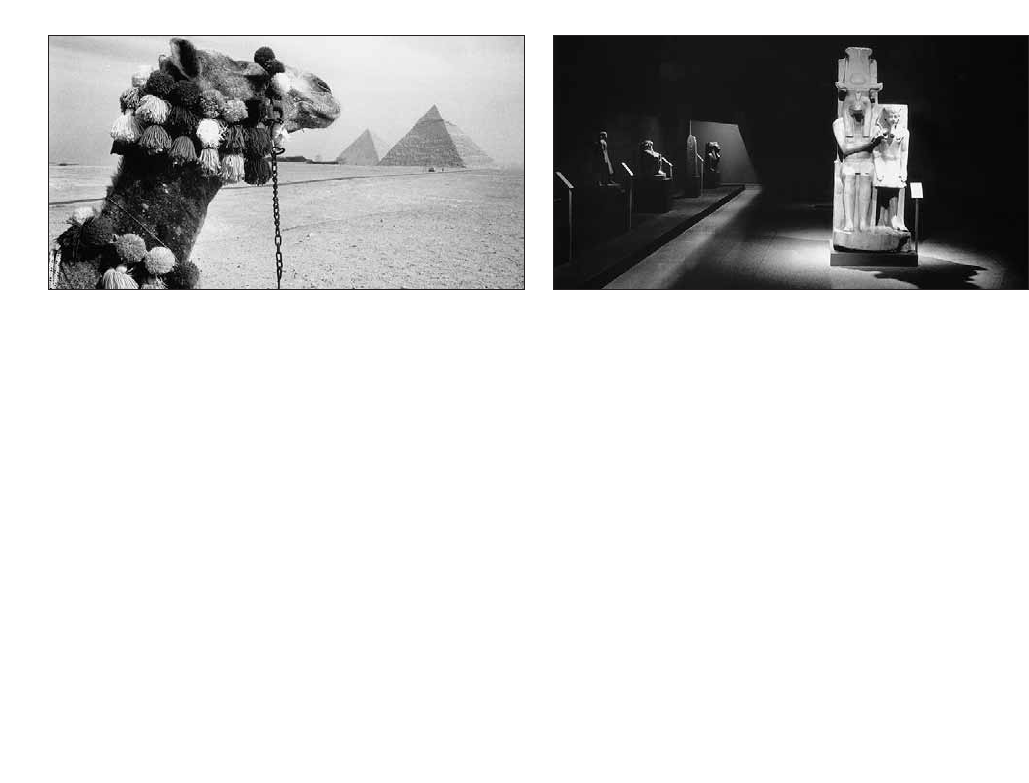
88
Example of a + compensation
(corresponds to an increase in exposure)
For subjects with very bright dominant surfaces, which reflect a
great deal of light, e.g. snow or a beach, the exposure meter se-
lects a shutter speed that would be too fast and/or an aperture
that would be too small. As a result, the snow would show up in
a mid-gray and any people in the photograph would be too dark:
this is underexposure!
To increase the exposure, a setting of e.g. +2.0EV is made.
Example of a –compensation
(corresponds to an reduction in exposure)
For subjects with very dark surfaces, which do not reflect much
light, the exposure meter selects a shutter speed that would be
too long and/or an aperture that would be too large. For exam-
ple, a black car in front of a dark background would show up as
a gray car and any people in the photograph would be too light:
this is overexposure!
To reduce the exposure, a setting of e.g. –2.0EV is made.


















